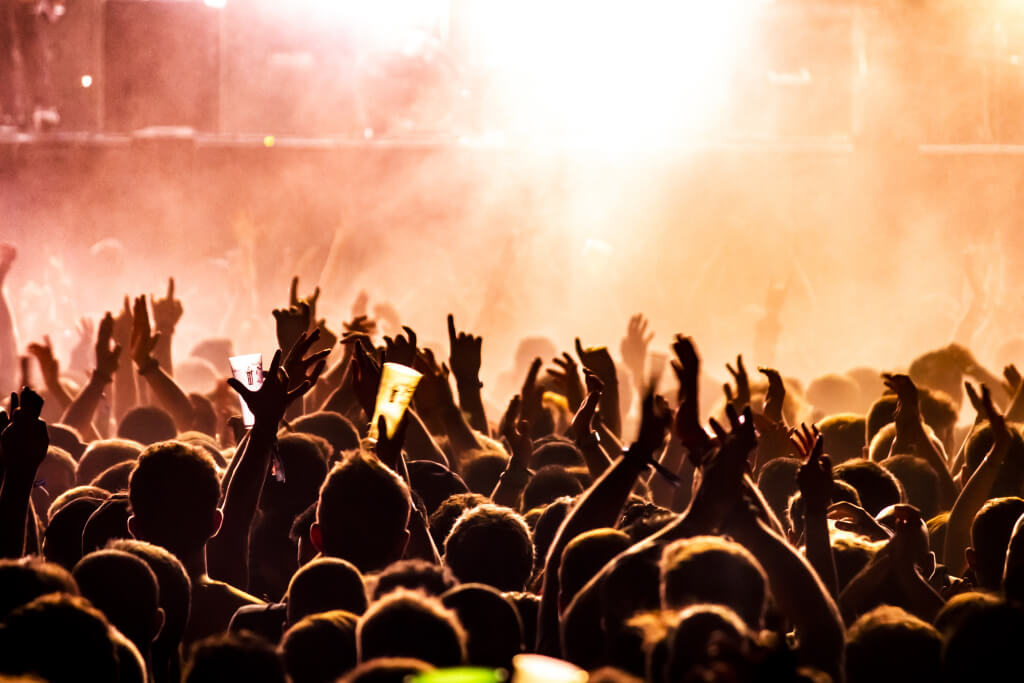When Adolph Ochs took over the reins of the New York Times in 1896, he had grand ambitions. Cutting down the paper’s price, he bolstered its readership and relocated to an architectural marvel in what would soon become Times Square. This iconic spot became the backdrop for a unique New Year’s Eve tradition.
Wishing to ring in the New Year with a bang and showcase the paper’s new home, Ochs threw a dazzling street party. As the clock struck twelve, fireworks erupted, and the cheers from the crowd could reportedly be heard miles away. But the city soon prohibited the fireworks, pushing Ochs to innovate.
Drawing inspiration from the “time ball” he’d observed on the Western Union building, Ochs decided to bring this 19th-century timekeeping device to his New Year’s party. Historically, time balls helped sailors synchronize their timepieces, but by the early 1900s, they were more spectacle than utility.
For Ochs, the Latest Technology of Incandescent Bulbs Was Too Irresistible
His New Year’s Eve ball, lit by a hundred of these bulbs and crafted of metal and wood, weighed a whopping 700 pounds and was five feet in circumference. With Jacob Starr, a skilled immigrant metalworker, at the helm, the ball descended for the first time as 1907 gave way to 1908.
Over the decades, the ball’s transformations mirrored America’s technological and cultural shifts. Iron replaced wood and metal in 1920, demonstrating America’s industrial prowess. Light restrictions during WWII halted the event for two years, and the 50s saw the iron ball exchanged for aluminum. The digital age brought computerized lighting, while the new millennium introduced a ball adorned with Waterford Crystals and halogen lights.
Today’s ball, perched atop One Times Square all year round, boasts a diameter of twelve feet and weighs nearly 5 tons. And every New Year’s Eve, it continues its iconic descent.
Fun Tidbits
- After an exuberant New Year’s Eve, Ochs persuaded city officials to build a subway station right at the Times’ doorstep. In homage to the influential paper, Longacre Square was rechristened Times Square in 1904.
- The 1907 New Year’s Eve bash was the city’s most extravagant yet. Picture waiters at Times Square’s vast eateries donning battery-lit top hats with “1908” illuminated. As the ball dropped and midnight chimed, these hats lit up, heralding the new year in style.
- Ochs’s leadership transformed the New York Times into a force to be reckoned with. From opposing William Jennings Bryan’s presidential runs to challenging anti-Semitism, Ochs’s influence ran deep. As an early member of the Anti-Defamation League, he used his platform to challenge and change prejudices against Jews in America
Imagining the Future of the Times Square Ball Drop
Personalized Ball Drops for Your Neighborhood
Imagine a future where the famed Times Square ball drop isn’t unique to New York City. As communities around the world adopt this tradition, you and your neighbors could gather annually, watching a unique ball drop designed especially for your locality. Perhaps it’s a ball adorned with local symbols or crafted using materials native to your region, creating a bond between global tradition and local pride.
Virtual Reality Countdown Celebrations
As technology advances, the way you experience tradition might transform profoundly. Virtual Reality (VR) could offer a chance to stand right in Times Square, feeling the excitement, without ever leaving your living room. You and your family could don VR headsets, joining millions worldwide in a shared digital countdown. This immersive experience would merge tradition with technology, bringing the iconic celebration closer to everyone.
Interactive Ball Drops
Interactive technology might be the next step in evolving this age-old tradition. Imagine a ball that responds to the collective emotions and actions of the crowd. As you and your friends cheer, dance, or sing, the ball could change colors, patterns, or even its descent speed, making the celebration truly interactive and personal.
Eco-Friendly Celebrations for a Sustainable Future
With increasing emphasis on sustainability, future ball drops might focus on eco-friendliness. You and your community could rally behind a ball made entirely of recycled materials, powered by renewable energy, and designed to leave no carbon footprint. This evolution would allow the tradition to resonate with the global emphasis on environmental consciousness.
Ball Drop Celebrations Beyond Earth
With space exploration on the horizon, there might come a day when humans celebrate New Year’s on another planet or even in space! You and your descendants might gather around a floating ball in zero gravity, watching it ‘drop’ in a whole new way. It’s a far-off thought, but traditions have a way of adapting and surviving in the most unexpected places.
Commercialization vs. Authenticity
The Times Square ball drop has been both criticized and lauded for its commercial elements. Brands, advertisements, and sponsorships are increasingly becoming central to the event, making it as much a marketing spectacle as a genuine celebration. Some argue that commercial involvement enhances the event’s allure and ensures its continuity, while others feel it detracts from its authenticity. Debates rage on about finding a balance between commercial interests and maintaining the tradition’s soul.
Decentralization of the Ball Drop
Could localizing the ball drop phenomenon disrupt or enhance the tradition? As more cities globally may adopt their ball drops, there’s a debate about whether this would dilute the significance of the Times Square event or instead spread its magic. By decentralizing the celebration, it could become more accessible and relatable. However, there’s also a risk of losing the universal appeal of the iconic New York countdown.
The Societal Impact of New Year Celebrations
While New Year’s celebrations like the ball drop are seen as unifying events, they also raise questions about societal pressures. The emphasis on celebrating with grandeur can make some feel isolated or under pressure to conform to specific celebratory norms. As the world becomes more interconnected and traditions are shared, it’s worth discussing the societal pressures and mental health implications these widespread celebrations might carry.
Digital Alternatives: Threat or Opportunity?
With the rise of digital platforms and virtual reality, there’s potential for the creation of digital alternatives to traditional celebrations. While VR celebrations could make events like the ball drop more accessible to those who can’t be physically present, there’s a debate about whether it would also detach individuals from real-world interactions and experiences. Does a digital ball drop risk reducing the tangible excitement and unity of the real-world event?
Historical Accuracy vs. Modern Interpretation
As traditions like the ball drop evolve, there’s often a tension between maintaining historical accuracy and allowing for modern reinterpretations. Some argue that for a tradition to remain relevant, it must adapt and change with the times. Others believe that altering the event too much could sever its connection to its origins. This debate touches on deeper questions about how societies value and preserve history while accommodating contemporary values and technologies.




